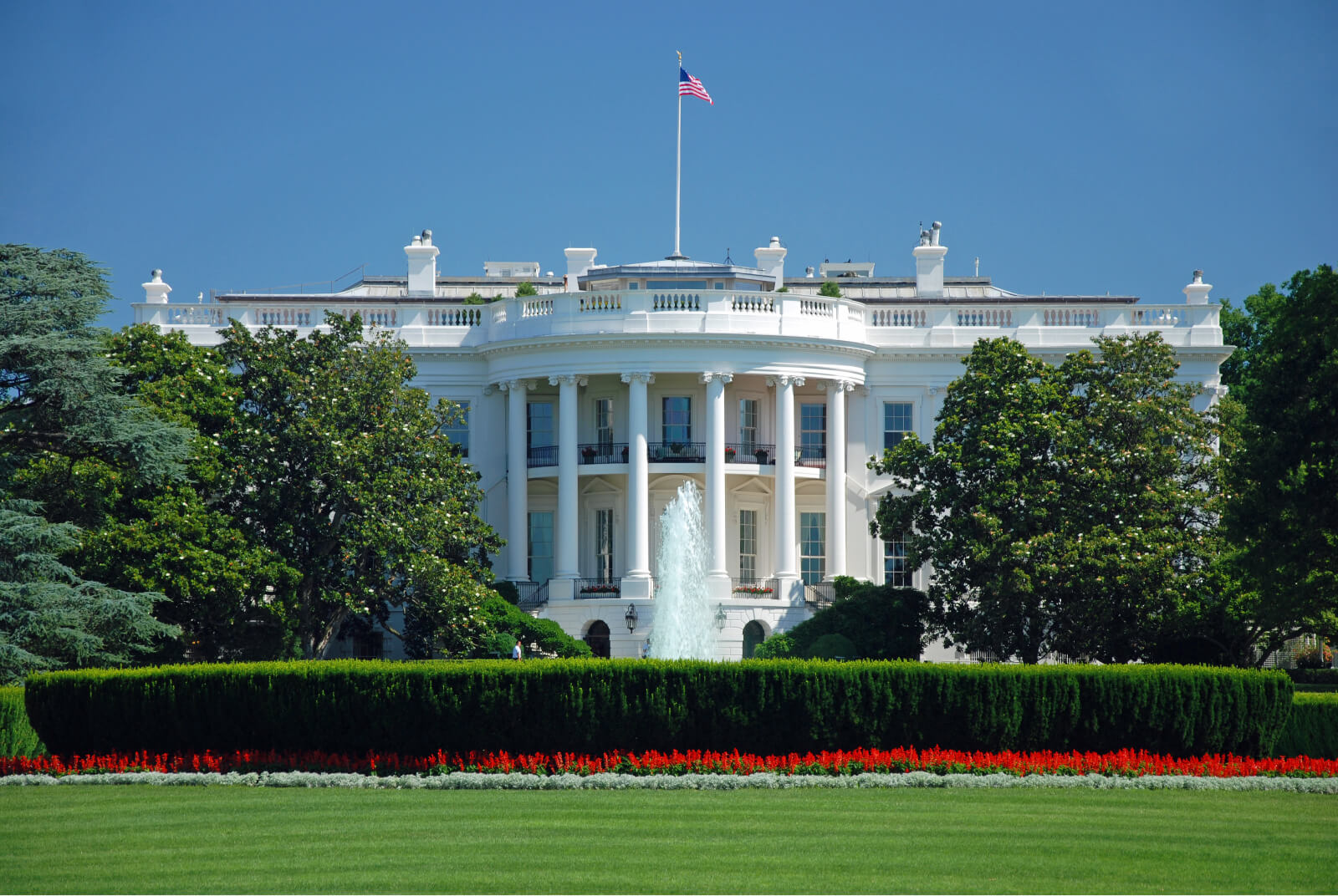
Minimizing supply chain disruptions is a top priority of President Joe Biden’s administration, and it’s easy to see why. From bottlenecks in vaccine distribution to the crisis in the Suez Canal, to longstanding environmental issues, the past year has made it clear that many critical supply chain functions throughout the US are far less resilient than they should be.
To address some of these challenges, the White House is working to reduce the United States’ reliance on foreign countries for critical goods and materials, and has even created a task force to make sure that these changes have their desired effect. In addition, just last week the administration agreed to a massive $1.2 trillion infrastructure package, though the bill still has a long way to go before being signed into law.
Key among these initiatives is the administration’s push to increase domestic production capacity, minimize transportation bottlenecks and boost resilience in construction, agriculture and high-tech goods. It’s a challenge on multiple fronts, not only because of the nature of global supply chains, but also because the world is now on the brink of reopening for business once again. Here are some of the supply chain factors that will come into play as the government continues to carry out this important work.
Supply chains today are inherently global. Because they’re shaped by both global geopolitics and supply and demand, reducing an entire country’s reliance on specific goods is a deliberate and very delicate process. To accomplish it, the Biden administration will likely rely on previously existing policies designed to strengthen the American economy. However, they’ll have to retool from a system focused primarily on job creation to one that drives toward lowering reliance on critical raw materials.
The global chip shortage that has had a massive impact on the trucking and large SUV market is a classic example of the Bullwhip Effect, combined with the inability for a key supplier to ramp up capacity. When the original manufacturers unexpectedly cut orders for high-tech semiconductor chips, they left suppliers scrambling for ways to continue to achieve their revenue targets. These suppliers were left with little choice but to expand into other markets, leaving them woefully under capacity when orders for semiconductors began to resurge. Further down the supply chain, prices soared in the used car market, and the wait for a new truck or SUV can now take several months.
We’ve seen the same pattern play out in nearly every industry throughout the past year-and-a-half since the pandemic first reached the US. From toilet paper to lumber to personal protective gear, demand has been notoriously hard to predict, and even harder to respond to. The challenge for the Biden administration, then, will be to encourage not only domestic growth, but agility as well. Bullwhip situations occur when supply chains lack the agility to respond in time to rapidly changing market realities, even though those in the trenches often see those changes happening right before their eyes. If we’re going to build a truly resilient supply chain in today’s global, digitally connected economy, we’ll need to put supply chain agility front and center.
Biden-era trade policies will likely cause disruption as well, though probably not to the extent of the policies of the previous administration. Trade policies, product availability, tariffs and risk management are all part and parcel to the supply chain industry, especially in the realm of international shipping.
For organizations that are transporting products internationally, there are numerous parties, documents and organizational challenges involved. When you consider that the average automotive manufacturer will have over 10,000 suppliers globally, it becomes readily apparent that the automotive supply chain must become as finely tuned and well-oiled as the products it produces if it’s going to stand a chance of surviving the current market.
These international challenges require internationally focused solutions. It’s not enough to focus on optimizing your over-the-road supply chain if a significant share of your suppliers or customers exist overseas. Ensuring that parts availability and raw materials are available through the production network — including both Tier 1 and Tier 2 suppliers — is critical to achieving world-class execution.
The Trump era had many sweeping policies and severe cutbacks on environmental initiatives, and the Biden administration is seeking to bring many of these areas back into US focus. Electric vehicles have been on the rise in the consumer arena ever since Tesla gained viral international acclaim, and we will likely continue to see huge growth in the commercial vehicle sector, as well. In addition to a growing emphasis on initiatives like the EPA’s Smartway program, which is increasingly important to both shippers and carriers, we’ve continued to see widespread adoption of commercial electric trucks within our own customer base.
Volvo Trucks, one of FourKites strategic investors, is just one of the many influential companies to introduce their electric truck concept to the US market. “Volvo wants to lead by example and have the world’s most sustainable in-house logistics system by 2025,” says Dan Tram, Investment Director at Volvo Group Venture Capital. “Through our investment in FourKites, our goal is to create solutions together that drastically cut down supply chain-related carbon emissions. Additionally, Volvo aims to generate more than 50% of revenues through services and solutions by 2030. We believe that investing in companies like FourKites will help Volvo achieve its goals.”
. . . . . . . . . . . . . . . . . . .
If the past few years have taught us anything, it’s that unsustainable practices have severe consequences. With the supply chain now in the spotlight as the largest net emitter of greenhouse gases around the world, the burden lies with us to ensure that we’re building in processes that will not only protect our businesses from market fluctuations, but will also minimize our impact on the world around us. Our future, not only as an industry but as a species, depends on it.